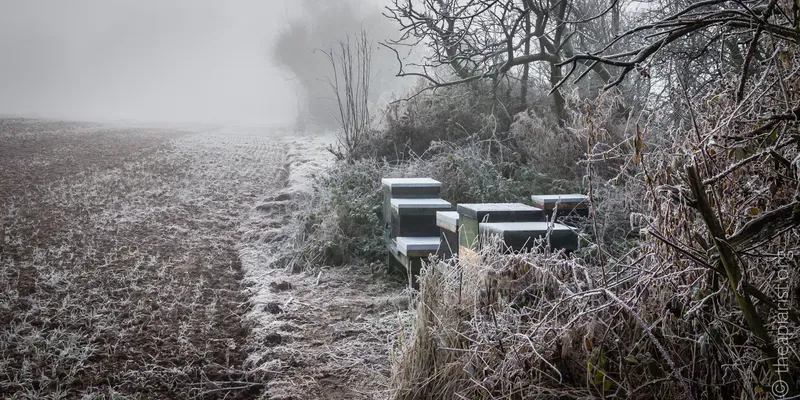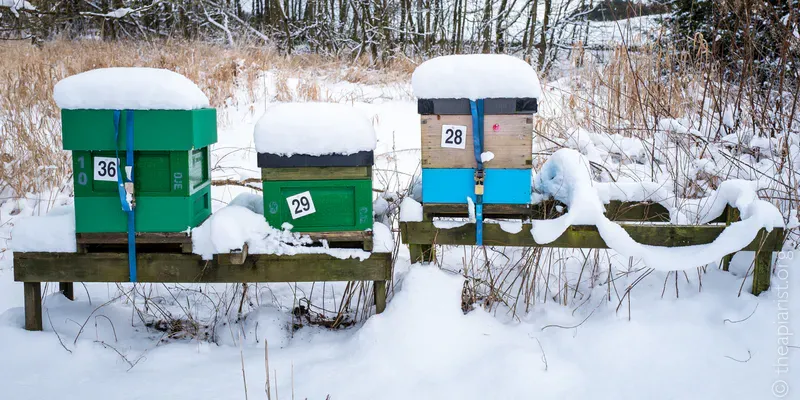Preparing for winter

Already?
Surely not?
It's still August/the summer holidays/hot and sunny [delete as appropriate].
When I prepare draft posts for The Apiarist I prefix the title with the week of the year. We're currently in week 32. This helps me plan future posts, but it's also a regular reminder that time is ticking away. We're ~60% through the calendar year, and — here in the Scottish Borders — ~85% through the 'active' beekeeping season.
If you're not already thinking about the winter ahead, you should be.
Preparation now will give you the best chance of successfully getting your colonies through the winter.
It feels premature to be thinking about the cold, dark, damp days ahead, when you're sweating over heavy supers, or checking hives for late-mated queens.
But it isn't.
The season winds down quickly once the temperature starts to drop and the nectar sources dry up. The queen reduces her laying rate markedly, and the colony size starts to contract. Depending on where you live, it won't be too long before you have to consider whether it's too cool to open a hive, or perhaps wait for a warmer day.

All of which means that now is the time to start your winter preparations, rather than trying to shoehorn them later in to what remains of the autumn.
Don't leave it too late
Of course, there's still beekeeping to be done.
You might have hives at the heather, or could be hoping for a late season bonus like Himalayan balsam or, even later, ivy. However, none of these things are dependable {{1}}. By all means try to get a last super or two of honey, or a final round of queens mated, but do not postpone your winter preparations until these things have finally, definitely, completely, absolutely finished.
If you do, your chances of getting your colonies through the winter are reduced.
Sponsors get more … posts, news, and information on the science, art, and practice of sustainable beekeeping. They also have access to over a decade of legacy posts, and ensure The Apiarist continues to appear every week.
With cooler, shorter days, and less active colonies, it gets increasingly difficult to get everything finished in a timely manner. An unusually early or cold autumn, and you risk ending up with part-fed colonies, containing damagingly high mite levels … and possibly more colonies than have a realistic chance of overwintering successfully.
This is a critical time of the season, where the entire hive population changes with the switch from the summer 'foraging' bee population, to the 'long-lived' winter bees.
Many of the latter should still be in the hive next February and March and — if they're not — you'll have a problem.
These long-lived winter bees are vital for colony survival, so you should do your utmost to give them the very best start in life.
So, let's consider the key events in preparing for winter. Even if you don't start them now, you will have to start them soon.
- which colonies to take into the winter
- protecting the winter bee population
- feeding the colonies
- late season inspections